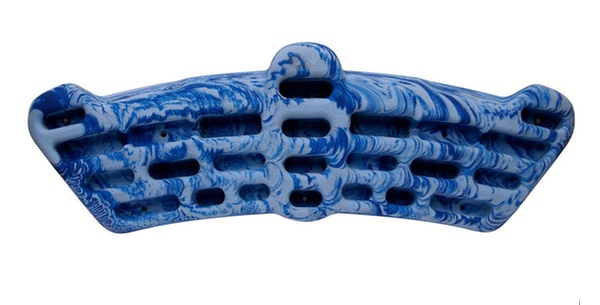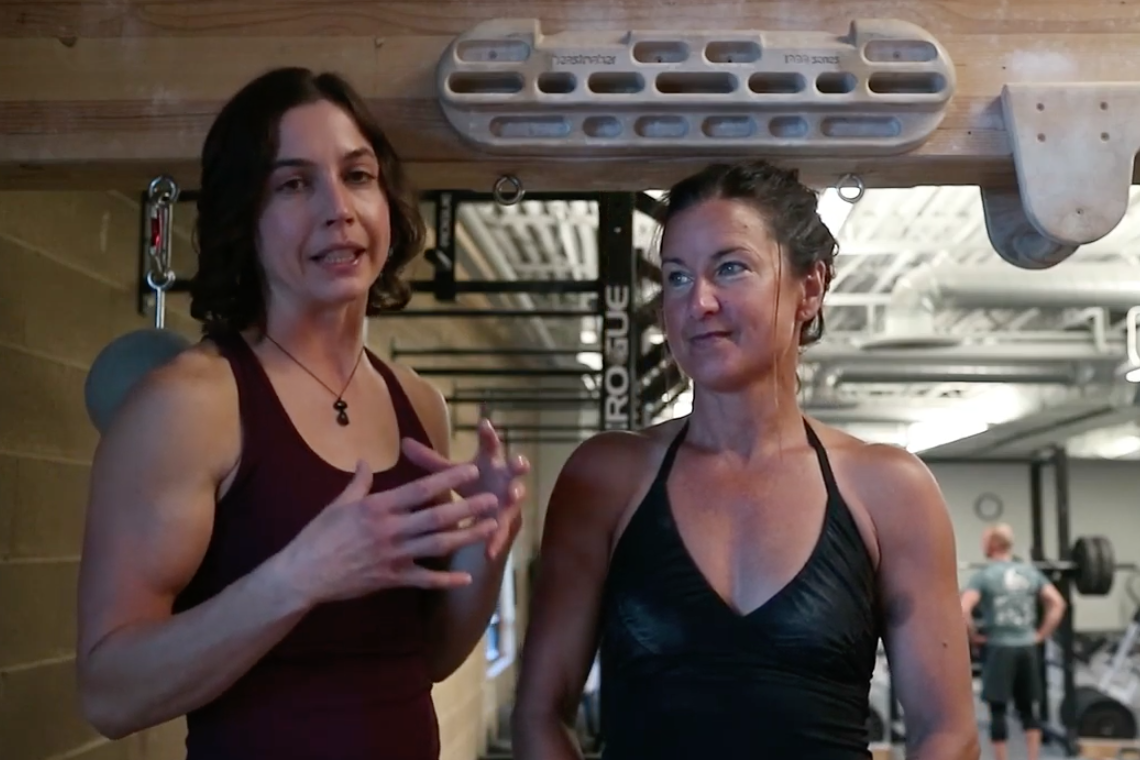About 8 weeks ago my left ring finger started to ache. I thought I had strained it, or maybe it was sore after a hard climbing session, but after two weeks of worsening pain right at the base of my finger, I decided to do more research.
I was able to deny the thought of a more serious injury because the pain was not present when I was climbing. After my session, or when I massaged it, though, it was undeniably painful and it felt as if the tendons and ligaments were loose and out of place. There was no “pop” or sudden onset that I can remember. The nagging pain persisted and my research suggested a break.
I took 2.5 weeks off of climbing with contrast ice/heat baths every night. During this time, I came across physical therapist Esther Smith’s program to rehabilitate finger injuries using the hangboard. She suggests that after the initial onset of an injury there is a finite amount of time that the body will actively repair damaged tissue. Eventually, the body focuses on other things and the healing process slows. Because of this, her program aims to stress the injury in a very structured way to keep the body aware and actively cleaning out and laying down healthy tissue.
Before moving on, consider watching Esther Smith’s explanation of the importance of “hanging right” when training on a hangboard:
She categorizes her program in two phases depending on how far out from the onset of injury you are. At the time, it was still rather fresh, so I decided it was most appropriate for me to start with the first phase, which seeks to recover the injured tissue. After this, I’d move into phase two, which focuses on strengthening and preventing future injury in the finger.
After my rest, I started Esther’s hangboard program along with very mild climbing. The protocol is simple, choose one target hold, hang 10 seconds/3-5 times (2-3 minutes rest in-between hangs). If you are unable to hang body weight, take the weight off with a resistance band or pulley system and start there. She suggests beginning with a deep, two-finger pocket then moving onto other holds like crimps if that produces similar stress.
Metolius makes a basic hangboard perfect for rehab.

I was able to hang body weight and produce slight fatigue in my injured finger so I considered this my baseline. I repeated this cycle two times per week. Within the first week, the pain in my finger was significantly reduced. It felt more stable and generally as if it was, indeed, recovering. I was sure to use an ice cube to massage it after every hangboard and climbing session.
Each week, I added a bit of weight to the program, so long as my finger was not worsening or not becoming sore. It worked for me to add 5lbs each week until I had reached 20 total. Then, move on to another grip position (for me crimps).
Overall, I am psyched with the results and absolutely recommend the program. As with anything, do your own research and speak to a doctor to make sure that you are properly diagnosing the injury. Once you’re cleared, this is a fantastic and effective program!
If you liked this article, we think you’ll also enjoy:
- Fundamentals of Fingerboard Training with Dave MacLeod
- 10 Signs You Are Waaaay Too Serious About Climbing
- Emerging Concepts in Injury Prevention: Carpal Tunnel Syndrome
- Emerging Concepts in Injury Prevention: Pulley Strain
Lastly, don’t forget to check out our most popular articles ever published, free rock climbing eBooks, and the internet’s best climbing gear sales.








